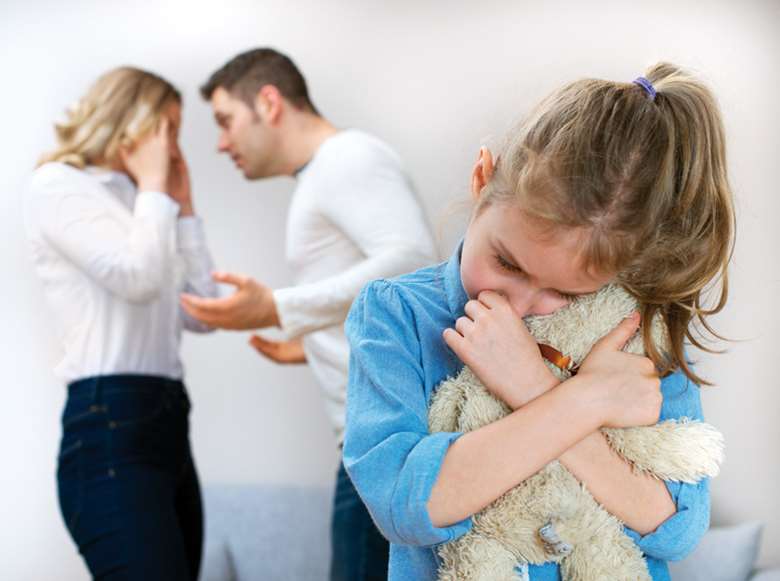Legal Update: Family courts and contact where there has been domestic violence
Frances Trevena
Tuesday, January 31, 2017
Frances Trevena, head of policy and programmes at Coram's Children's Legal Centre, examines calls by charities for reforms to the way family courts deal with contact cases involving domestic violence.

In recent weeks, the government and the judiciary have responded to calls by domestic violence charities to reform child arrangements orders in the family court where there has been domestic violence between the parents. This call began with the Women's Aid report, Nineteen Child Homicides and the Child First campaign to address the inadequacies in the family court when dealing with vulnerable witnesses.
When considering a child arrangements order for contact between a parent and a child, the court must consider the best interests of the child. While this presumption is embedded in law, the starting point for considering a child arrangements order was amended by the Children and Families Act 2014. This act inserted into the welfare checklist the principle that the involvement of both parents will benefit a child unless the contrary is shown.
Subsequent amendments to the Practice Direction 12J, followed by the family court where there are allegations of domestic violence, embedded this principle into the steps that a judge must follow when considering an application where domestic abuse is alleged.
However, Women's Aid highlighted that family courts were considering child arrangements orders that could put children at risk. They pointed to evidence of child homicides that occurred during court-ordered contact with a violent parent, and campaigned to put children's safety at the heart of the justice system. The report they produced, Nineteen Child Homicides, found in all but one of 203 cases, the courts ordered contact but routinely failed to understand domestic violence as child abuse, or to appreciate patterns of coercive control as ongoing abuse. In many cases, the child arrangements order for contact was made without considering the allegations of domestic violence, or ordering a fact-finding hearing.
Removal of legal aid
In addition to the court failing to recognise risk factors, the removal of legal aid from the private law family courts has also left children at risk. The difficulties faced by a victim of domestic violence in trying to obtain legal aid for family cases are well documented. In 2016, Rights of Women succeeded in the Court of Appeal in demonstrating that many women were denied legal aid because the regulations for victims of violence were drawn too narrowly. While these have been amended, and a victim of violence can now rely on evidence that is up to five years old, there still remain clear problems in the family courts.
Victims of domestic violence have frequently faced the prospect of cross-examination by the perpetrator when a fact-finding hearing takes place. Although Practice Direction 12J makes provision for the judge or magistrates hearing the case to question witnesses, Women's Aid found that this was not routine, with women being bullied through cross-examination by the perpetrator of abuse.
Criminal proceedings
This is in stark contrast with criminal proceedings for domestic violence, where an alleged victim of domestic violence cannot be cross-examined by the accused by virtue of Part 23 of the Criminal Procedure Rules. In a criminal case, the court can appoint and fund an advocate to conduct cross-examination of a witness, even where the perpetrator has chosen not to have a lawyer represent them.
This has led to a revised version of Practice Direction 12J, announced on 20 January 2017 by the president of the Family Division. The Lord Chancellor has also called for an urgent review of legislation to prevent cross-examination by a perpetrator. She has called for a quick resolution to the issue via a bill to be laid before parliament. The president of the Family Division has signalled his intention to go beyond amending the Practice Direction, which will also be succeeded by an amendment to the primary legislation. He has highlighted the inadequacy of the family courts in comparison with the criminal courts to manage cases involving vulnerable witnesses.
Family courts are, he has stated, badly equipped, and lacking in video links and safe-waiting rooms that are considered the norm in criminal courts. He has called upon ministers to ensure that the system is better resourced and therefore better able to respond to vulnerable victims. However, despite the promise from the Lord Chancellor of new legislation, there has been no mention from the Ministry of Justice of additional funding. The provision of advocates to conduct cross-examination, will for example, incur an additional cost to the budget of the Courts and Tribunal Services so it remains to be seen if further funding can be found to bridge the technological gap.
Download this Legal Update as a PDF
Legal Update is produced in association with experts at Coram Children's Legal Centre www.childrenslegalcentre.com
Sign up to the monthly childRIGHT bulletin from CYP Now and Coram Children's Legal Centre, for the latest news and information about children, young people and the law: www.cypnow.co.uk/email-bulletins




